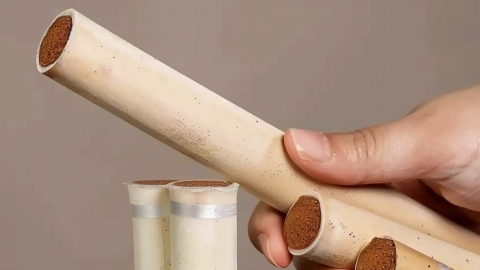What are the acupoints for moxibustion on the knee?
Generally speaking, the knee refers to the knee joint. Common acupoints for moxibustion treatment of the knee joint include the Xiyan (ST 35), Weizhong (BL 40), Dubi (LI 31), Yanglingquan (GB 34), and Xuehai (SP 10) points. Detailed information is as follows:

1. Xiyan (ST 35)
This acupoint is located on the anterior aspect of the knee joint, in the depressions on either side of the patellar ligament. Moxibustion at this point helps to improve leg and knee function and alleviate symptoms such as knee joint pain and weakness in the lower limbs.
2. Weizhong (BL 40)
This acupoint is located at the center of the posterior aspect of the knee joint, in the middle of the transverse crease of the popliteal fossa when the knee is flexed. Moxibustion at this point helps to relax muscles, improve circulation, resolve blood stasis, relieve pain, and alleviate knee joint pain.
3. Dubi (LI 31)
This acupoint is located laterally on the knee joint, in the lateral depression of the patellar ligament. Moxibustion at this point helps to unblock meridians, improve joint mobility, and effectively alleviate symptoms such as limited knee flexion and extension and knee pain.
4. Yanglingquan (GB 34)
This acupoint is located on the lateral side of the lower leg, in the depression anterior and inferior to the head of the fibula. As the meeting point of the tendons, Yanglingquan is effective for relaxing muscles, improving circulation, reducing swelling, and relieving pain. Moxibustion at this point is beneficial for treating injuries and pain in the muscles around the knee joint and can help improve knee joint mobility.
5. Xuehai (SP 10)
This acupoint is located on the medial side of the thigh, 2 cun above the medial end of the base of the patella, at the prominence of the medial head of the quadriceps femoris muscle. Moxibustion at this point helps to clear heat, remove dampness, nourish and activate blood circulation, regulate menstruation, stop leukorrhea, and also relieve knee joint pain.
After moxibustion, pores open and the body becomes more susceptible to invasion by wind and cold pathogens. Therefore, it is important to keep warm and avoid exposure to wind and cold after moxibustion. If knee discomfort persists or worsens, it is recommended to seek timely medical consultation to determine the underlying cause and receive targeted treatment.









